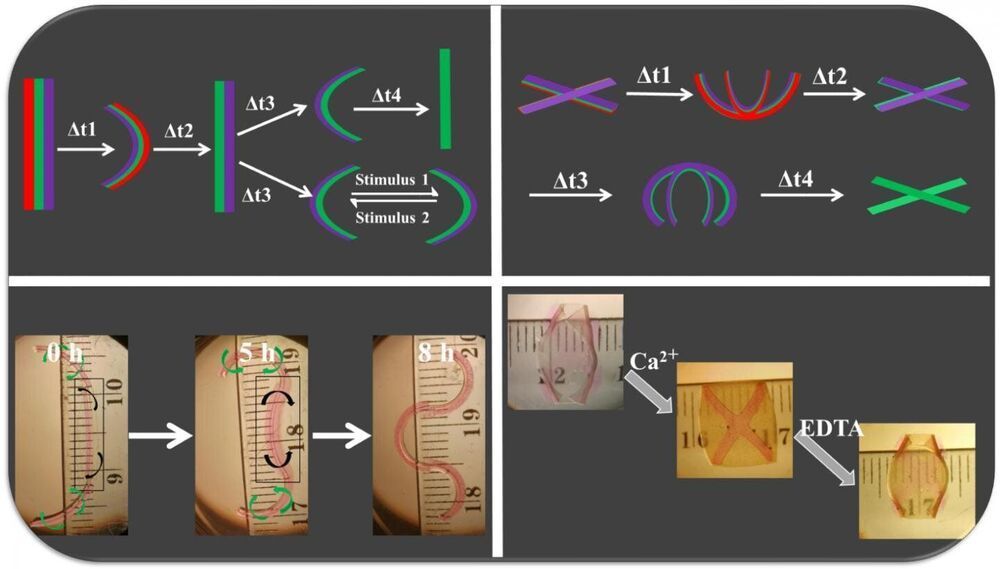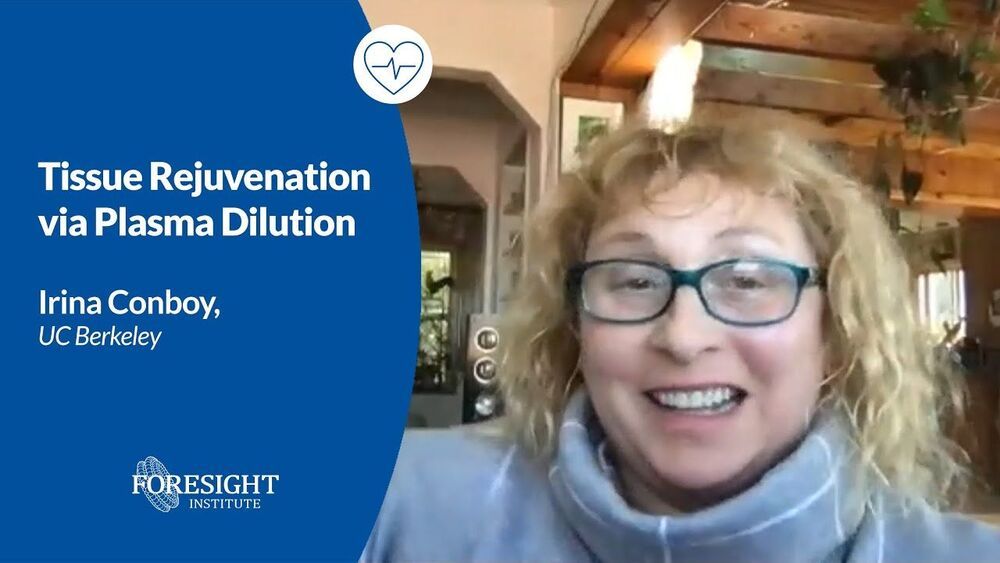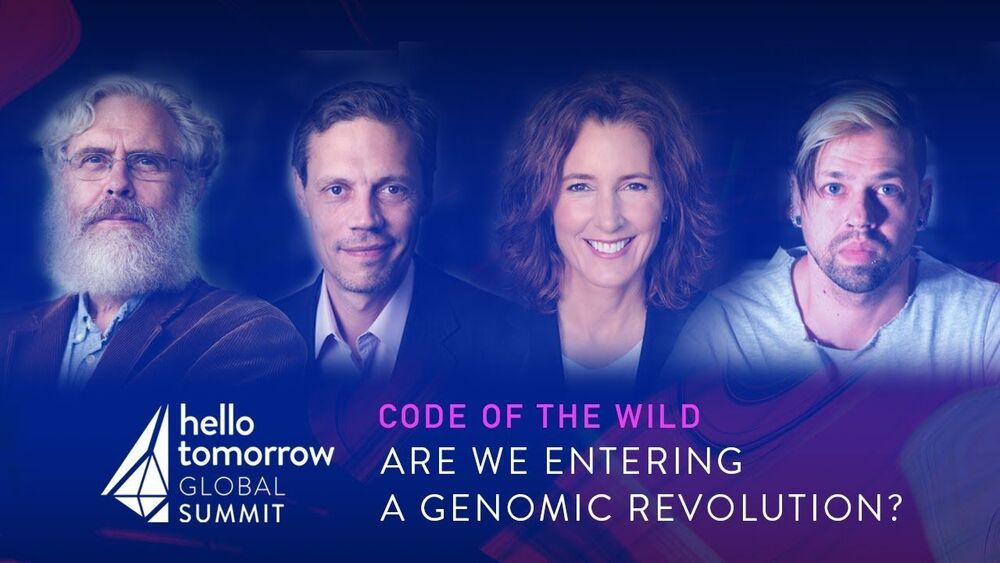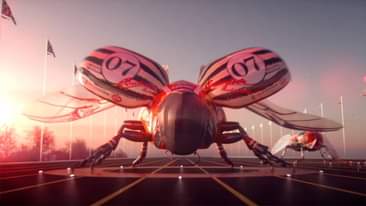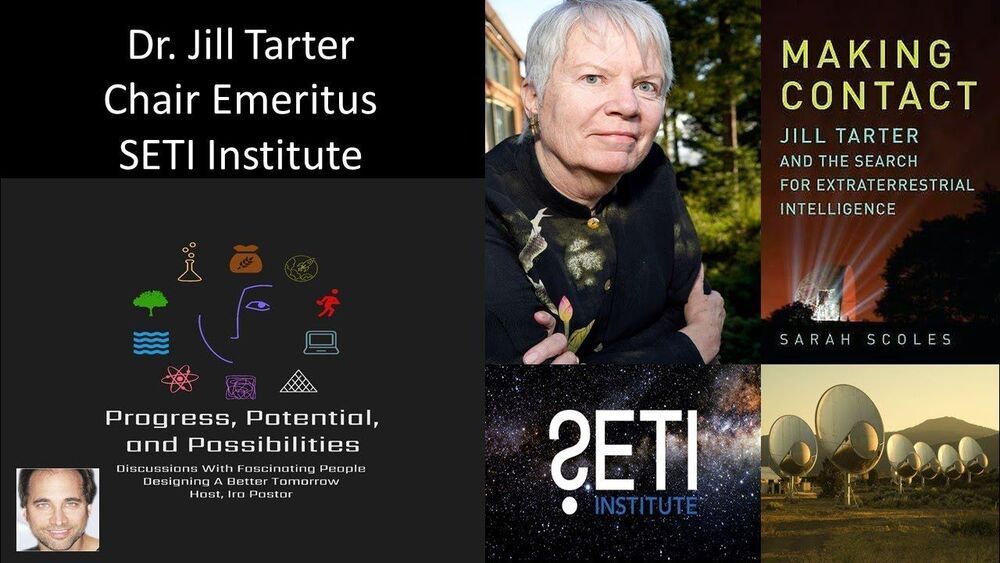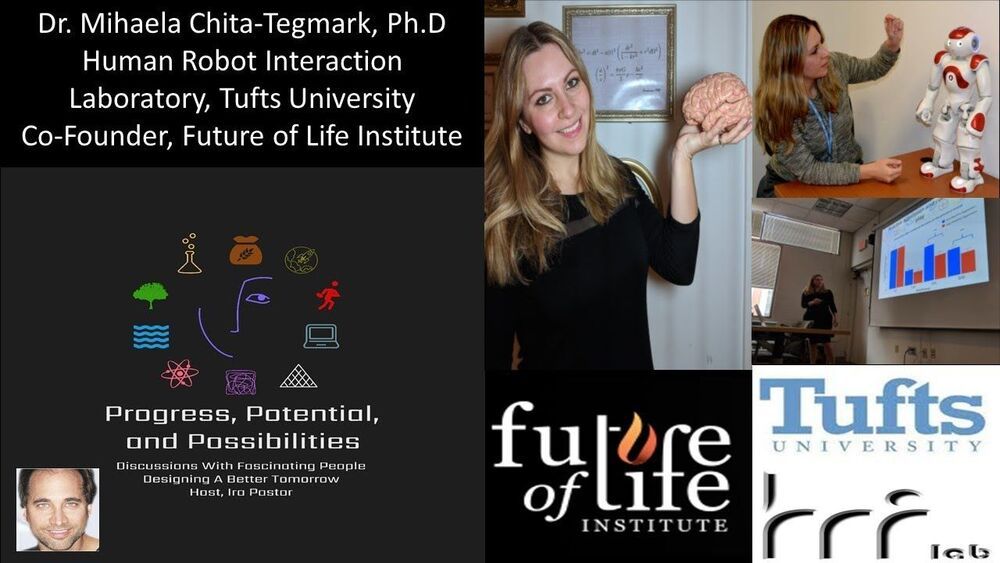Mar 8, 2021
Autonomous Materials: Researchers Design Patterns in Self-Propelling Liquid Crystals
Posted by Saúl Morales Rodriguéz in categories: bioengineering, biotech/medical, robotics/AI
Materials capable of performing complex functions in response to changes in the environment could form the basis for exciting new technologies. Think of a capsule implanted in your body that automatically releases antibodies in response to a virus, a surface that releases an antibacterial agent when exposed to dangerous bacteria, a material that adapts its shape when it needs to sustain a particular weight, or clothing that senses and captures toxic contaminants from the air.
Scientists and engineers have already taken the first step toward these types of autonomous materials by developing “active” materials that have the ability to move on their own. Now, researchers at the University of Chicago have taken the next step by showing that the movement in one such active material—liquid crystals—can be harnessed and directed.
This proof-of-concept research, published on February 182021, in the journal Nature Materials, is the result of three years of collaborative work by the groups of Juan de Pablo, Liew Family Professor of Molecular Engineering, and Margaret Gardel, Horace B. Horton Professor of Physics and Molecular Engineering, along with Vincenzo Vitelli, professor of physics, and Aaron Dinner, professor of chemistry.


